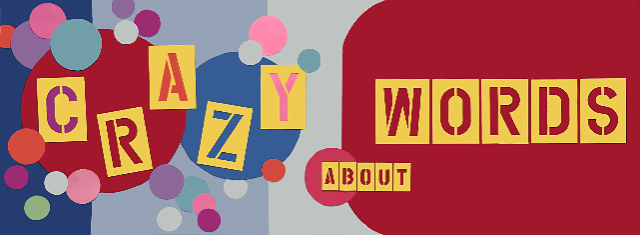Happy Valentine’s Day, or What’s in a name?
Joe Mc Kay’s “Crazy About Words”
….toasting our language since 2003!
Oh, To Be a Sandwich! …or… What Does It Take to Become an
Eponym?
If you were born in July or August by Caesarean section, you
have an eponymous connection… the first and last names of an
early Roman Emperor, Julius or Augustus Caesar.
But, do you ever wish you could be an eponym, with something
named after you…something more enduring than your not-
totally-reliable progeny?
John Montagu, 4th Earl of Sandwich, James Brudnell, 7th Earl
of Cardigan, and, no kidding, Joao Marmalado (1450-1510) of
Portugal, are all folks whose names were taken by the items they
originated, which survive centuries later.
Eponyms also attribute to something discovered, like America
(although Vespucci must give indigenous people their due!), something invented, like the derringer (Henry Derringer, American gunsmith), or something inspired, like the axel (Axel
Paulsen, Norwegian figure skater). They surprise us frequently…
we just never think that there might have been a Mr. Doyley, a 17th
century London draper, who inspires the tatting of doilies to this
day!
Some are very subtle, like maudlin, which derives from Mary
Magdalene’s effusive sentimental behavior in the New Testament.
Others are more obvious, like ritzy after Caesar Ritz, Swiss
hotelier. Don Quixote’s tilting against windmills is forever
preserved in the idealistic quixotic.
Eponyms come not only from people’s names, but from the
names of places where things originated like the mazurka,
a dance from Mazury, a region of Poland, and madras, that
wonderful cotton fabric, from a city now renamed Chennia, the 5th
most populous in India. (Back in “the day” I had to have bleeding
madras, whose dyes were not fast, so that it looked different every
time it was washed…cool!)
Writing this column, I have to be careful of something not so cool,
malapropism, after the fictional character, Mrs. Malaprop from
Sheridan’s “Rivals.” She was noted for her blunders in the use of
words.
Two of my personal favorite eponyms come from nineteenth
century circus performers, who died before their time only fifteen
years apart.
Jumbo, whose name is from a Swahili word jumbe
meaning “chief,” was a 6½ ton French Sudanese elephant, born
in 1861. He toured the US and Canada with “The Greatest Show
on Earth,” the Barnum & Bailey Circus, where he was the largest
of its 30 elephants, a big hit with the public, and featured on most
of the Circus’ posters. On the night of 9/15/1885, he was hit and
killed by an express freight train in St. Thomas, Ontario. The
resulting publicity inspired “Jumbo-size” food items like hot dogs
and sausages. The word stuck to describe anything large or huge,
including Boeing’s Jumbo Jets.
Jules Leotard (1842-1870) invented the flying trapeze and
popularized the one-piece gymwear that bears his name. He
joined the Cirque Napoleon, went on to international stardom, and
inspired the 1867 hit song “The Daring Young Man on the Flying
Trapeze.” Although he sprained his ankle in a bad fall in Boston,
he died in Spain of smallpox.
So now you have some idea of what it takes to achieve eponymous
immortality. Remember… that favorite lunch food, the ham
sandwich could just as easily have been called a ham sullivan,
or a ham smith. If your name is John, you don’t have to
bother…you’re already a famous necessity.
And if you want the easy way to eponymic status, simply be my
Valentine!
________________________________________________
Please feel free to share this column with others who may
enjoy it, or give me their e-mail addresses to receive it directly.
Comments, suggestions, & questions welcomed to
crazyaboutwords@gmail.com






